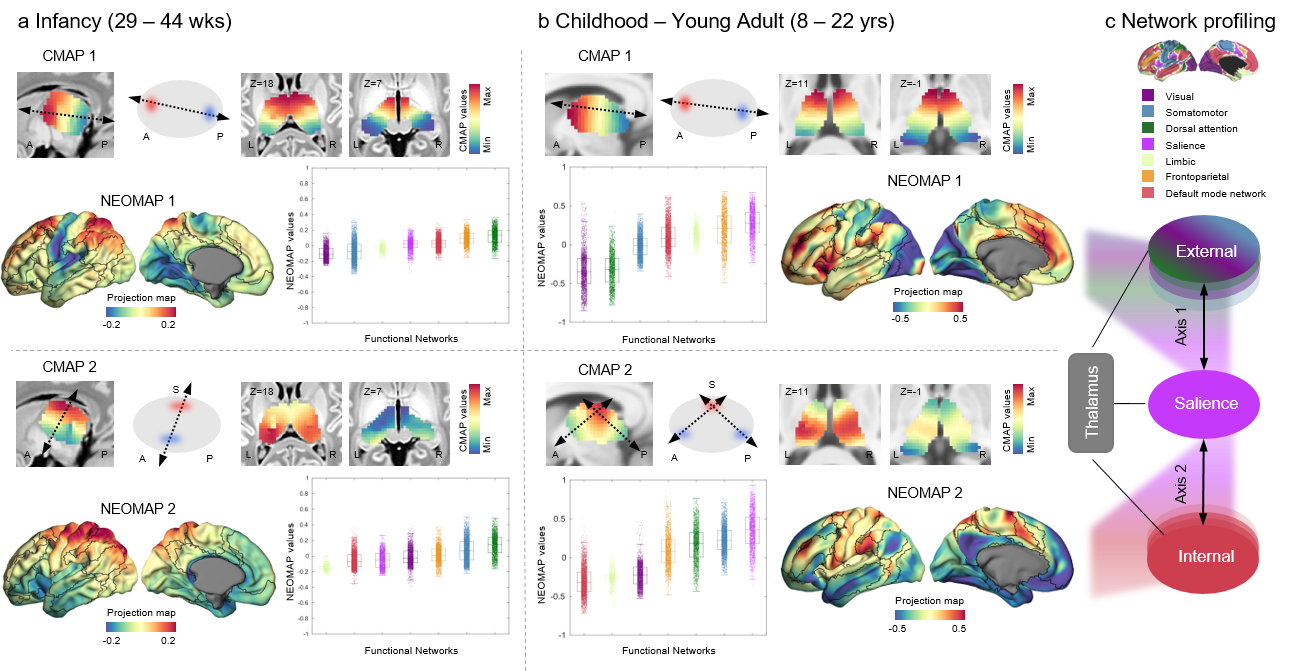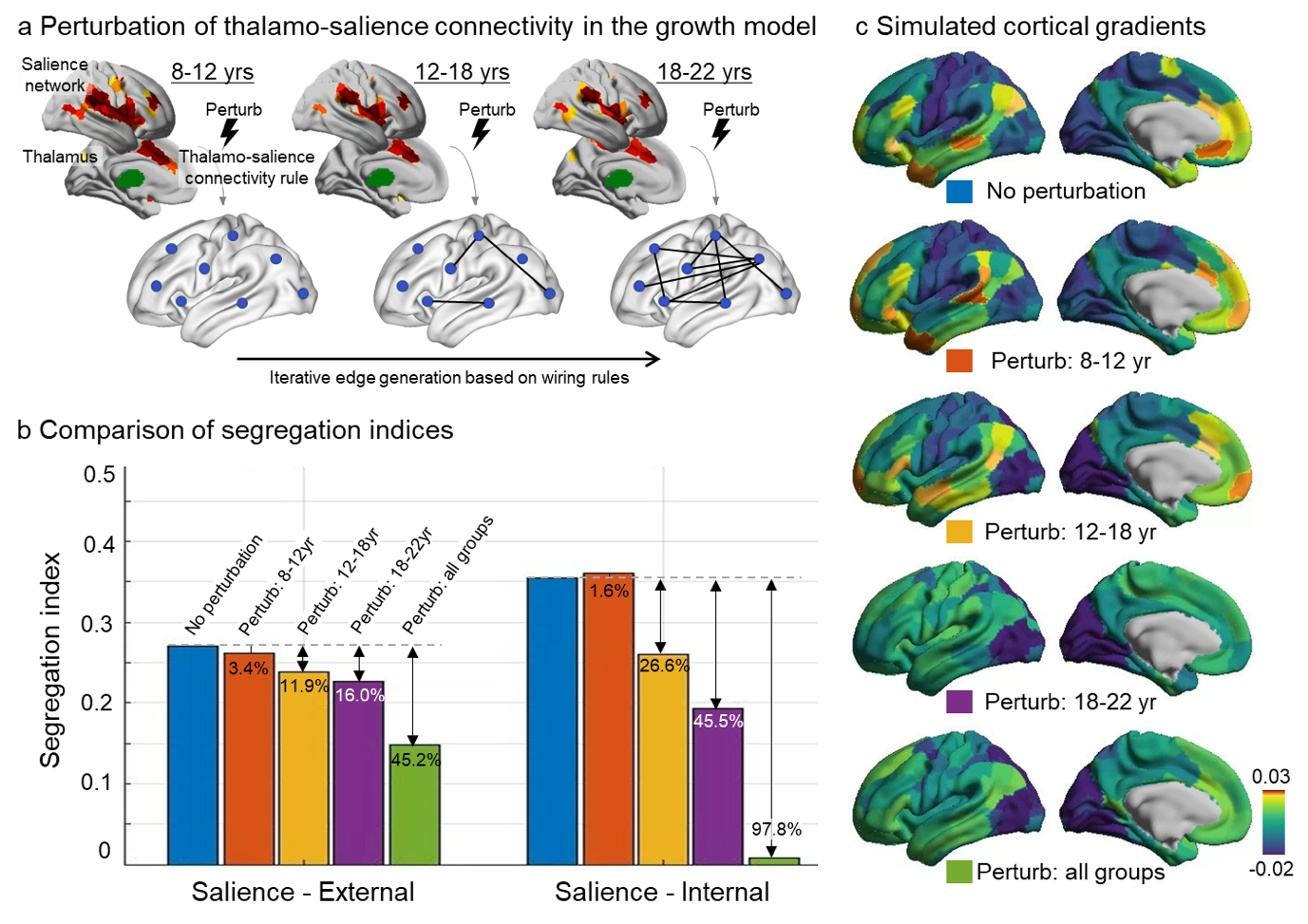주메뉴
- About IBS 연구원소개
-
Research Centers
연구단소개
- Research Outcomes
- Mathematics
- Physics
- Center for Underground Physics
- Center for Theoretical Physics of the Universe (Particle Theory and Cosmology Group)
- Center for Theoretical Physics of the Universe (Cosmology, Gravity and Astroparticle Physics Group)
- Dark Matter Axion Group
- Center for Artificial Low Dimensional Electronic Systems
- Center for Theoretical Physics of Complex Systems
- Center for Quantum Nanoscience
- Center for Exotic Nuclear Studies
- Center for Van der Waals Quantum Solids
- Center for Relativistic Laser Science
- Chemistry
- Life Sciences
- Earth Science
- Interdisciplinary
- Center for Neuroscience Imaging Research (Neuro Technology Group)
- Center for Neuroscience Imaging Research (Cognitive and Computational Neuroscience Group)
- Center for Algorithmic and Robotized Synthesis
- Center for Genome Engineering
- Center for Nanomedicine
- Center for Biomolecular and Cellular Structure
- Center for 2D Quantum Heterostructures
- Institutes
- Korea Virus Research Institute
- News Center 뉴스 센터
- Career 인재초빙
- Living in Korea IBS School-UST
- IBS School 윤리경영


주메뉴
- About IBS
-
Research Centers
- Research Outcomes
- Mathematics
- Physics
- Center for Underground Physics
- Center for Theoretical Physics of the Universe (Particle Theory and Cosmology Group)
- Center for Theoretical Physics of the Universe (Cosmology, Gravity and Astroparticle Physics Group)
- Dark Matter Axion Group
- Center for Artificial Low Dimensional Electronic Systems
- Center for Theoretical Physics of Complex Systems
- Center for Quantum Nanoscience
- Center for Exotic Nuclear Studies
- Center for Van der Waals Quantum Solids
- Center for Relativistic Laser Science
- Chemistry
- Life Sciences
- Earth Science
- Interdisciplinary
- Center for Neuroscience Imaging Research (Neuro Technology Group)
- Center for Neuroscience Imaging Research (Cognitive and Computational Neuroscience Group)
- Center for Algorithmic and Robotized Synthesis
- Center for Genome Engineering
- Center for Nanomedicine
- Center for Biomolecular and Cellular Structure
- Center for 2D Quantum Heterostructures
- Institutes
- Korea Virus Research Institute
- News Center
- Career
- Living in Korea
- IBS School
News Center
Decoding the Principle of Functional Brain Development: Thalamocortical Connectivity and the Formation of Functional Networks- Combination of advanced neuroimaging, transcriptomics, and computational network modeling maps the thalamocortical connectivity gradients during development - In our daily lives, our brains seamlessly process streams of visual information from the world around us while simultaneously understanding the causal structure of events. These essential cognitive functions, known as external sensory processing and internal world modeling, are critical for navigating complex environments. Our brain achieves this through large-scale functional systems responsible for these processes. Recently, an international collaboration of scientists led by the Institute for Basic Science (IBS) has explored the role of thalamocortical connectivity during the development of brain networks. One longstanding question in neuroscience is how the brain's large-scale functional networks form during development. This study investigated the changes in connectivity between the thalamus and cerebral cortex from infancy to adulthood and how these changes influence the formation of the brain's functional networks. For the first time, researchers have revealed that thalamocortical connectivity is crucial for the emergence and specialization of the brain's functional networks, particularly those processing external and internal information. Traditionally seen as a relay station for sensory information, the thalamus also influences higher cognitive functions. Sensory connections between the thalamus and cortex become established quickly at an early age, while higher-order cognitive connections develop later at maturity. However, the exact mechanisms and timeline of these developments have remained unclear. This study began to address these challenges by employing advanced neuroimaging techniques, transcriptomic analyses, and computational models on cross-sectional and longitudinal datasets, to map the development of thalamocortical connectivity across different age groups. This study revealed that during infancy, thalamocortical connectivity reflects early sensorimotor network differentiation and gene expression patterns related to brain development. However, as children grow, this connectivity shifts its role to establish connections with the salience network, that serves as an anchor for differentiating external (sensorimotor, visual, dorsal attention networks) and internal (default mode network) functional cortical systems. Computational simulations confirmed thalamic connectivity's role in developing key features of the mature brain, such as functional segregation and the sensory-association axis. "Our study for the first time provides a detailed map of how thalamocortical connectivity contributes to the large-scale functional organization in the human brain from infancy through young adulthood," said lead author PARK Shinwon. "By integrating advanced neuroimaging techniques, gene expression analysis, and computational modeling, we were able to systematically track and analyze the changes in brain connectivity across different developmental stages. This comprehensive approach has allowed us to uncover the pivotal role of the thalamus in the emergence and specialization of functional brain networks." Unlike earlier studies that focused on regional properties of individual thalamic nuclei, this research provides a comprehensive view of the global integration of the thalamus into cortical networks. These findings offer potential implications for understanding and studying clinical conditions that show compromised internal and external processing, such as autism, schizophrenia, and other neurodevelopmental conditions. The corresponding author, HONG Seok Jun, a principal investigator at the IBS Center for Neuroscience Imaging Research stated, "Understanding how thalamocortical connectivity evolves and influences brain function provides a crucial foundation for identifying the mechanisms underlying neurodevelopmental conditions. This research opens up new possibilities for early diagnosis and targeted interventions, which could significantly improve outcomes for individuals with neurodevelopmental conditions." In the future, the researchers plan to investigate how thalamocortical connectivity changes in children with autism and how these changes correlate with clinical symptoms and cognitive functions. They also plan to expand their research focus to include other subcortical structures such as the striatum and cerebellum. This broader approach in systems neuroscience will help us gain a more comprehensive understanding of how various brain regions interact and develop.
Notes for editors
- References
- Media Contact
- About the Institute for Basic Science (IBS)
|
| Next | |
|---|---|
| before |
- Content Manager
- Public Relations Team : Yim Ji Yeob 042-878-8173
- Last Update 2023-11-28 14:20













